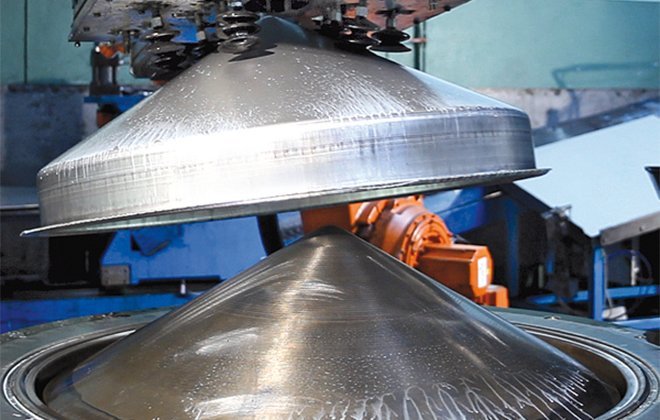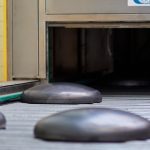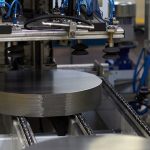Metalpress is a company specialised in metalworking operations i.e.:
- pressing/forming,
- drawing,
- deep drawing,
through the use of mechanical and hydraulic presses. We mainly process carbon steel and stainless steel, but we are able to print different materials depending on the sector of use.
Rather than applying standardised solutions, we choose the most suitable production process to meet each customer’s needs. Cold pressing and deep drawing allow a standardised production to be obtained with multiple advantages.
OUR PRESSING WORKSHOP
- Hydraulic presses from 100 to 1200 tonnes
- Mechanical presses from 50 to 600 tonnes
- Robots for MIG | MAG | TIG welding
- Edge cutting and finishing machines
- Threading units
All our presses are controlled by robots for loading/unloading and palletising operations.
A pressed workpiece identification service is also available to facilitate batch and warehouse management:
- identification for process traceability
- product identification by bar code
Finally, we use very high precision machinery for HD (high definition) plasma cutting and are able to cut different types of metal.
- Max thickness: 7 mm
- Max diameter: 1250 mm
Deep drawing advantages
A deep-drawn product has a higher mechanical resistance than products obtained with the traditional cutting – bending – welding process.
This process allows thinner metal plates to be used, with two obvious benefits: lower cost of raw materials and lighter finished products.
Deep drawing optimises the number of operations necessary to complete a part, reducing not only time requirements but also production costs and stock requirements, resulting in optimised warehouse management.
A deep-drawn product does not have welds or overlapped plates, which can turn into as many breaking points because they can be easily oxidised; this ensures greater resistance to weathering.
The deep drawing process does not require skilled human staff for product finishing.
This ensures standard production of perfectly homogeneous products.
During the drawing operations, while the machines are running, it is possible to carry out on the side customised finishing processes that will not have an impact on the final cost of the workpiece.
The absence of welds and overlaps makes a deep drawn part look better also from an aesthetic point of view.
Furthermore, the number of corners and cutting points typical of blanking and welding processes are considerably reduced.
This makes the parts easier to clean and handle and significantly reduces the risk of injury.


